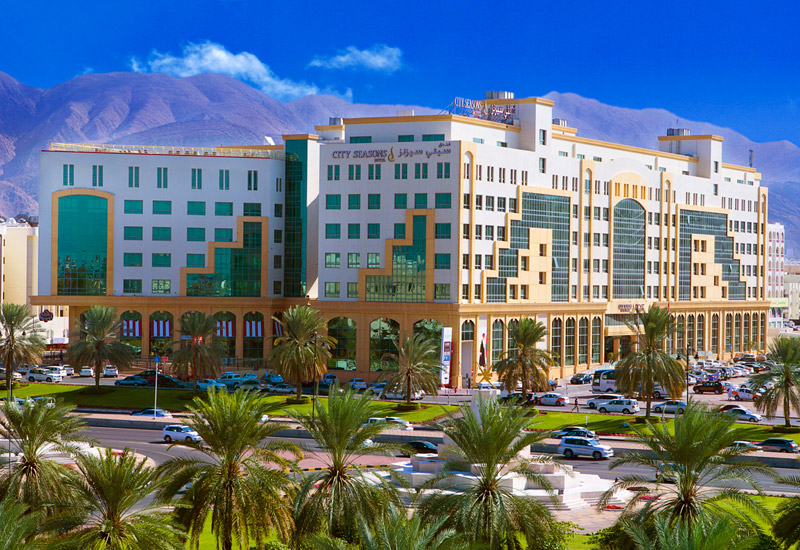What's coming next
Palacin admits there has been a slow start to the New Year due to the decrease of oil prices and other factors that have affected the Arab world as a whole. “Eventually, a few weeks in the New Year and the clouds are dissipating; we are seeing an emergence of business on the books.”
Sona says that in 2016 and 2017, the Omani hospitality market will see a real diversification outside the traditional hotspots of Muscat and Salalah.
New concepts are appearing in Dhofar Governorate and in Dakhiliyah Governorate, such as the Anantara Al Jabal Al Akhdar (expected to open this year), the Avani Jabal Al Akhdar (slated for 2017), and the Junoot Eco-Resort to be managed by Amanresorts (2017).
“Nature tourism has always been Oman’s strong point, and developers are currently taking advantage of this opportunity, alongside wellness tourism and mountain tourism,” explains Sona, and also says there is an opportunity for heritage hotels in villages such as Nizwa.
In more tourism-generating opportunities, Oman is planning a 500 million rial (nearly US $1,300 million) waterfront development around Port Sultan Qaboos in Muscat. The project is due to be completed over four phases up to 2027. The waterfront development will span 451,000m2, and will include hotels, as well as residential apartments and houses around the marina.
“The project will try to emulate Cape Town’s V&A Waterfront. The mixed-use waterfront of Sultan Qaboos Port is expected to become a major tourist destination for Oman, offering one of the region’s most authentic and historic waterfront promenades, while promoting the historic centuries-old Muttrah harbour,” says Sona.
“Although 2016 is anticipated to be a difficult year for European travellers, the market is expected to bounce back in 2017-2018 as the market cycle re-emerges, and new demand drivers are created to diversify the segments.”
Sona reveals that a challenge over the next two years will be containing the slowdown of corporate demand to Muscat. “Hoteliers must find alternate strategies, especially given than 2017-2018 will see a large increase in supply in the city hotel segment, with the entry of the Mercure Azaiba, the W Muscat, and Aloft Muscat, amongst others. These hotels will eventually benefit from the diversification into shopping tourism as well as meetings and conferences.”
Frem says the biggest challenge is the competition with countries that also offer similar experiences in terms of nature and culture. He adds: “However, the hospitality of the people and the stability of the country play an important role in the traveller’s decision-making. Oman is a stable and peaceful country so it definitely plays major part [in their choice].”
Palacin reiterates that the drop in oil prices has been a challenge. “It has heavily affected our internal business i.e. the conference and banqueting at City Seasons Muscat; we have seen a serious drop in all annual contracts related to trainings and events from the government sector.
“The general situation in the Middle East is another challenge that somehow is turning into an opportunity as the safety in other countries in the area as well as in Europe seems to be on the brink of getting affected by similar events.”
Palacin also says a major detractor for tourists from Europe is expensive air fares. “If the rates can be looked at and aligned with a deficient Euro, it will greatly boost the arrivals from Germany, France, Italy and definitely the Nordic countries,” Palacin says.
Nature and culture is what the country should, and is, capitalising on. “In terms of opportunities, travellers are increasingly looking for authentic, off-the-beaten-path experiences, they want to meet the bedouins in the desert, or hear the stories from the merchant at the souk, they want to be immersed in the Omani lifestyle. There are not so many destinations who can offer this type of experiences anymore, but Oman is a gem destination,” concludes Herz.

| Advertisement |









 Search our database of more than 2,700 industry companies
Search our database of more than 2,700 industry companies









